What Students Gain by Writing Together

Back then, as a young adult, I considered “professional writer” as a career choice, not something you do on the side. As my teaching career progressed, I pushed the thought of even writing a simple journal article out of my mind. There was no time for that with the grading of papers, coaching, and trying to start a family.
It wasn’t until 2010 when I went through the National Writing Project’s Summer Institute at Central Michigan University (Chippewa River Writing Project) that I begin to think about writing for publication again. The flame had been reignited, and I had some ideas swirling in my head. But I still imagined writing as solitary work – co-authoring or writing collaboratively was not something that entered my mind.
The Collaborative Shift
So much has changed in the eight years since. What’s different? For one thing, the process of writing has transformed inside and outside of the classroom. Every year, as technology advances, writing with others becomes simpler and more fluid. In my own case I have co-authored two books and a book chapter with former teacher and now college professor Troy Hicks.
Working from anywhere with many devices, sharing drafts in cloud-based formats like Google Drive, staying in touch with fellow writers using texting tools – no wonder we’re seeing more and more authors collaborating on book projects.
Shouldn’t the same thing be happening in our classrooms? I definitely believe students should be doing more collaborative writing. Personally, collaboration has made me a much better writer, and I now am more confident with what I write and submit for publication no matter if it is a book, an article, or a short blog post.
Someone might argue that adults writing professionally and students writing in the classroom are completely different arenas. They are. On the other hand, there are many solid reasons to have our students do more collaborative writing. Here are a few:
- It builds student confidence, especially among those students who are lower-level writers.
- Collaborative writing opens the door to more creativity and ideas as brainstorming begins and the synergy builds.
- Working together prepares students for real world employment where writing in teams may be a routine expectation.
- Weaknesses (grammar, spelling, punctuation, word choice, storytelling skills, etc.) can be addressed as students utilize and play upon each other’s strengths.
We could expand on each of these bullet points and probably add more. In fact, I invite you to do that in the comments area of this post. But I’d like to turn my attention to the practical aspects of student collaboration.
What About Individual Assessment?
It could be argued that it is hard to assess individual student skills when they are writing together. Though the argument is valid and understood, it doesn’t mean that students shouldn’t be writing together in and out of the classroom some of the time.
Not every writing assignment has to be done with a partner. And even when they are writing collaboratively, students can still be assessed as individuals depending on how we present the assignments.
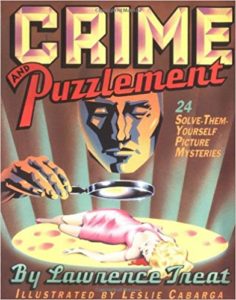
I have my students write in Google Docs (discussed in the next section), and they use the comment feature to put their name next to the paragraph(s) they have written. This allows students to write to their strengths and – as they share out the work and discuss the paper as a whole – they are “forced” to work collaboratively.
My job is to facilitate the process, making sure everyone is contributing and cooperating, and all the while I’m gathering formative assessment data through my own observations. In this setting, where they are allowed to write to their strengths, students typically are more open to suggestions from their peers. In the end, each student is still being assessed both collaboratively and individually.
Getting Started with Collaboration
As teachers, we not only have our strengths and weaknesses, but we have our favorite projects that we absolutely love and enjoy doing with our students. Writing assignments are no exception, but where do you start in terms of having students do collaborative writing?

- Share writing documents via the cloud.
- Work on writing outside of the classroom.
- Use a built-in comment and suggestion feature to strengthen writing.
- Write on mobile devices with an app for both Apple and Android.
For those readers who are not familiar or comfortable with Google Docs, I highly recommend checking out a three-minute video by Richard Byrne. Byrne is a teacher and runs the website Free Technology for Teachers. He has plenty of videos on YouTube to help teachers sharpen their tech skills.
Students in my classroom enjoy using Google Docs because of the collaboration features that exist with it. If you are not a Google School, you can get Google Docs for free by simply creating a Gmail account (you probably have one) and accessing the Google Drive app.
More About the Crime Scene Assignment
The one assignment that I have my students do collaboratively is a crime scene argument paper. Above, I mentioned how my students take turns writing paragraphs. With this particular assignment in argumentative writing students can also:
- Look at the crime scene and create a collaborative list of items that can be considered evidence.
- Share ideas they have about the crime scene outside of school that may not come to them in class.
- Create an outline together for their final draft that consists of the most crucial pieces of evidence and their reasoning for why each piece supports their claim.
- Work with a group of their peers over time where their strengths and weaknesses can be exposed and they can become more comfortable with peer editing/revision.
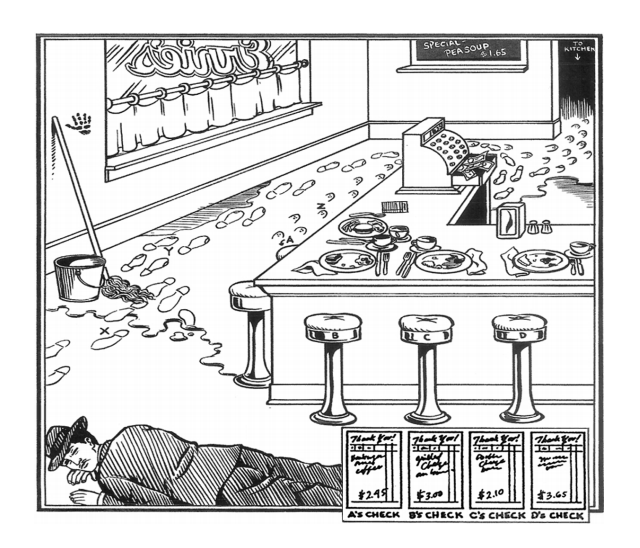
This pre-WWII picture mystery from Crime & Puzzlement is discussed by teacher Brian Cook here.
There are several books in the Crime and Puzzlement series, written by mystery novelist Lawrence Treat decades ago. Secondary and college teachers still use them in class (some are out of print and can be purchased used). There are other mystery puzzle books you’ll find in an Amazon search, but these are among the best “picture mysteries.”
Advanced Collaboration
If Google Documents is something you have been using for awhile and you are looking for something different, NowComment is a great collaborative tool. I was first introduced to NowComment at a continuity event on argument writing for the Chippewa River Writing Project by my co-author Troy Hicks.
I find NowComment ideal to go through a model piece of writing (such as an argument paper) with students as a whole class. Students can comment and ask questions directly on the document – an especially good feature if they are uncomfortable asking in front of their peers. It’s also an ideal platform when diving deeper into informational reading.
This table lists the features NowComment has versus GoogleDocs. The table is not meant to show that NowComment is necessarily better, but to show that it is much more advanced than Google Docs. 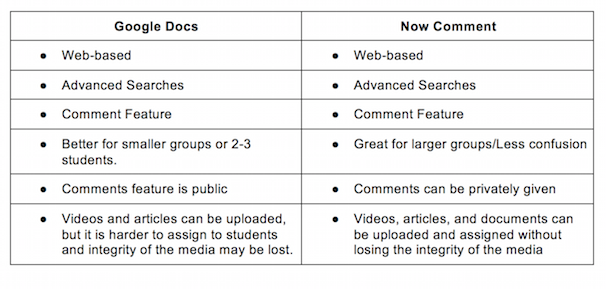
Moving Forward
Whether you ultimately choose Google Docs or NowComment as your collaboration tool for writing, the important thing to remember is that the primary goal isn’t to use technology or introduce a new tool to your classroom. We use technology for collaborative writing because it supports our goal of strengthening our young writers and teaching them to be open to new ideas their partner(s) may have.
Collaboration can also build the confidence of the weaker writers in our classrooms and help them grow skills that are vital to their success in all writing arenas. Furthermore, collaborative writing teaches valuable social skills that students need for the work force.
However writing instruction may look in your classroom, I think making room for collaborative writing will be a win-win for you and your students. It has been for me and mine.
_____________________________
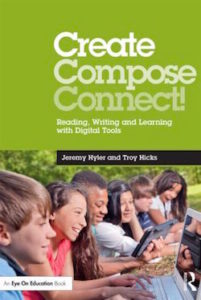

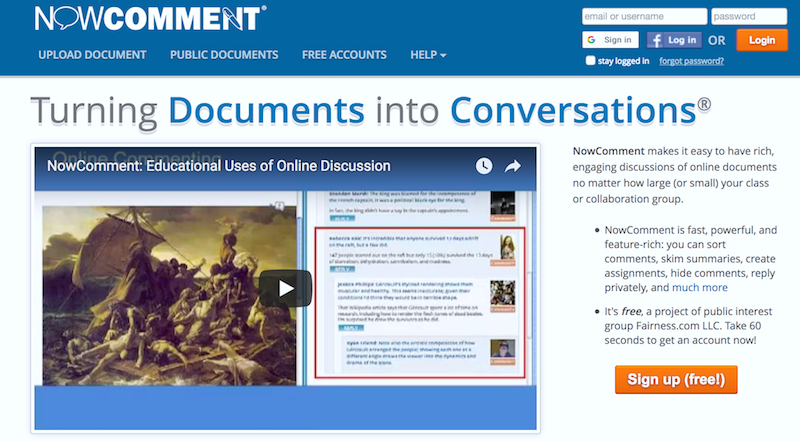


































Jeremy, this is without a doubt the best article I’ve seen on practical writing strategies. Love the murder mysteries – not much has changed in the days of Law and Order, has it? Will share in my company’s Facebook page. Also shared NowComment with a professor friend.
Hi, Anne!
Thank you for your kind comments and if you ever need more direction please let me know. I do offer PD myself. Thanks again and let me know if there is anything further I can do.
Great article! Do you recommend putting students with like abilities together? I feel like if you put a strong writer with a weaker one, the collaboration might be one-sided. On the other hand, the stronger writer might help build up the weaker one.
Hi Julie,
Thanks for reading. I would highly recommend putting students with like abilities together. By doing this, you would have a greater chance of leaders emerging and creating more writers with confidence. I hope this helps.
This is very good and easy to understand. I am including your article in my masters degree module assignment by referencing your work; it is very helpful. Thank you very much. Shalom